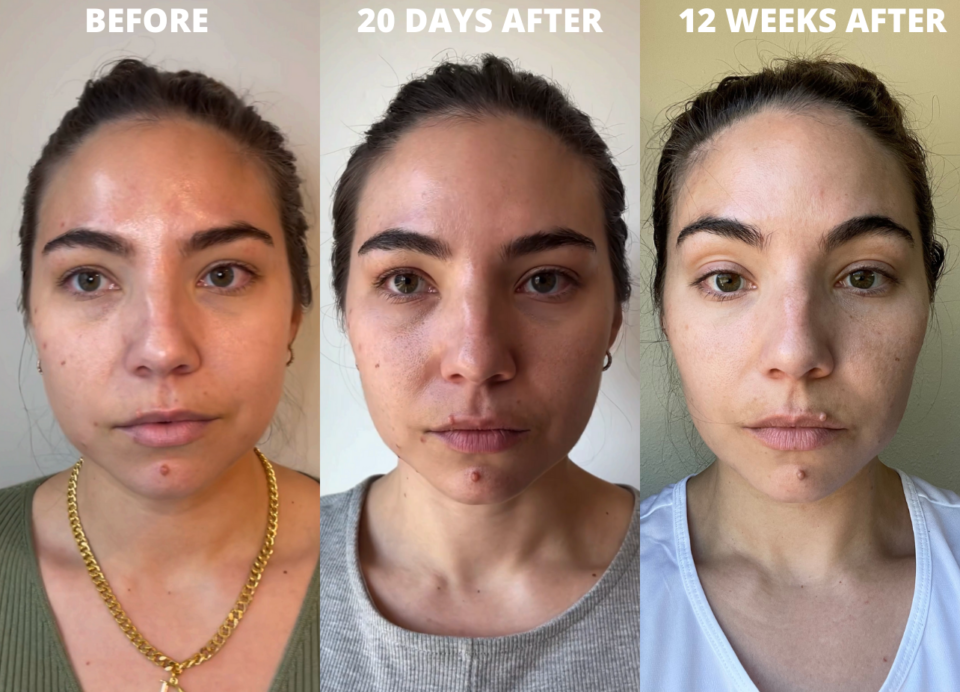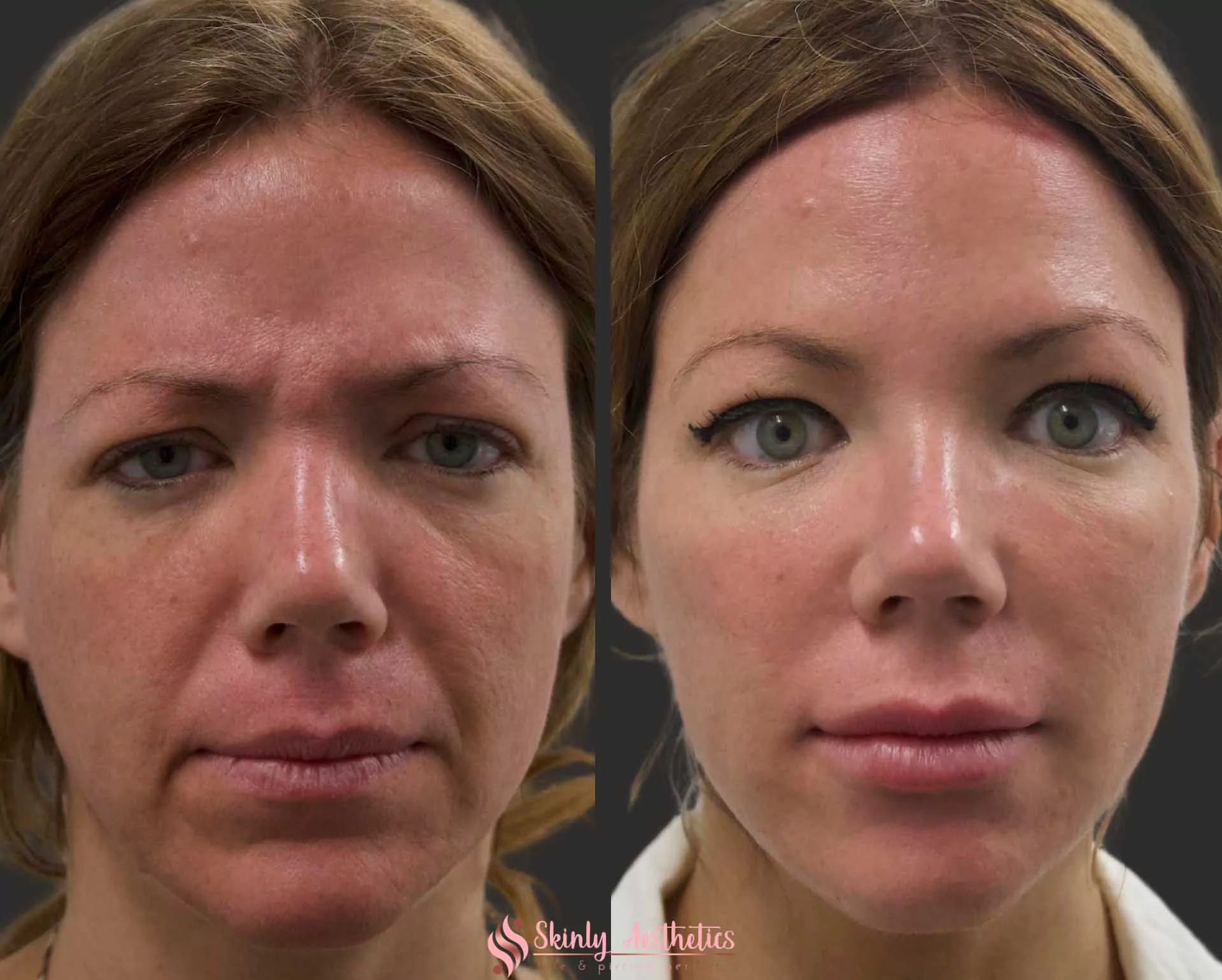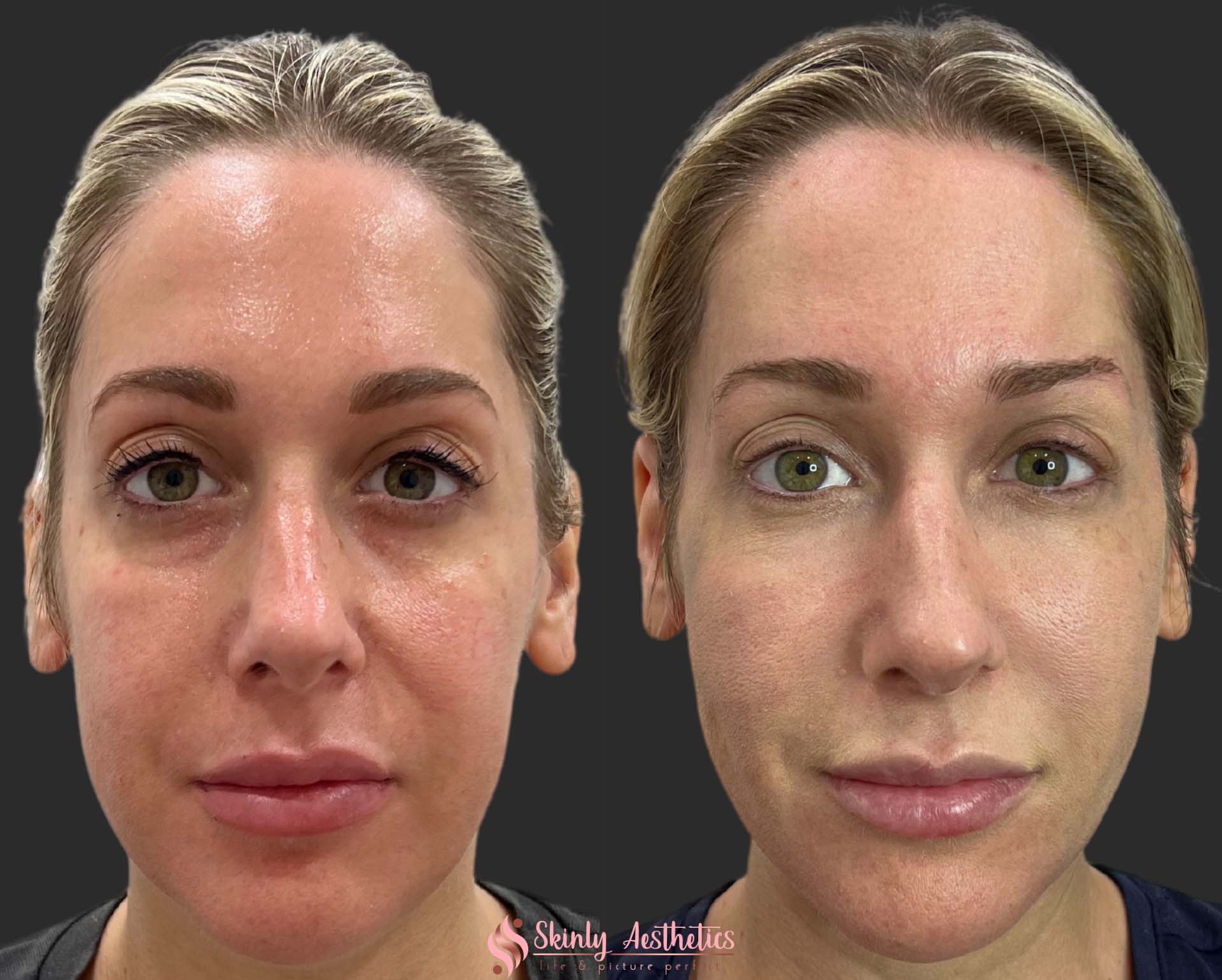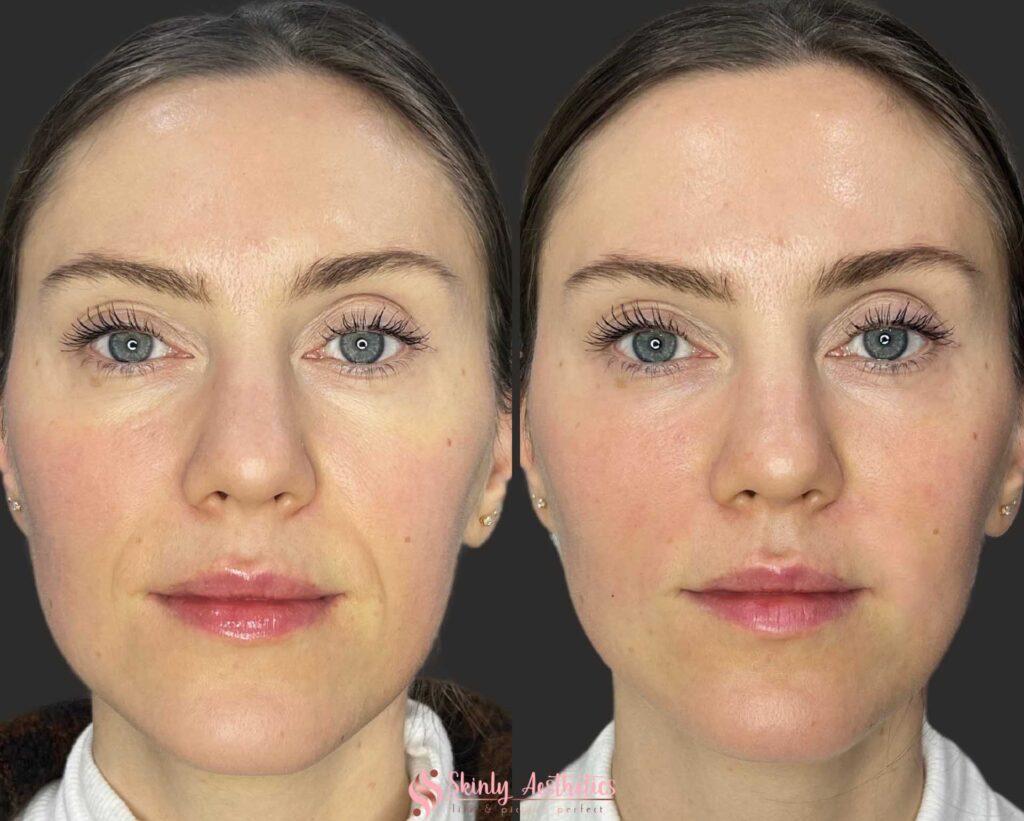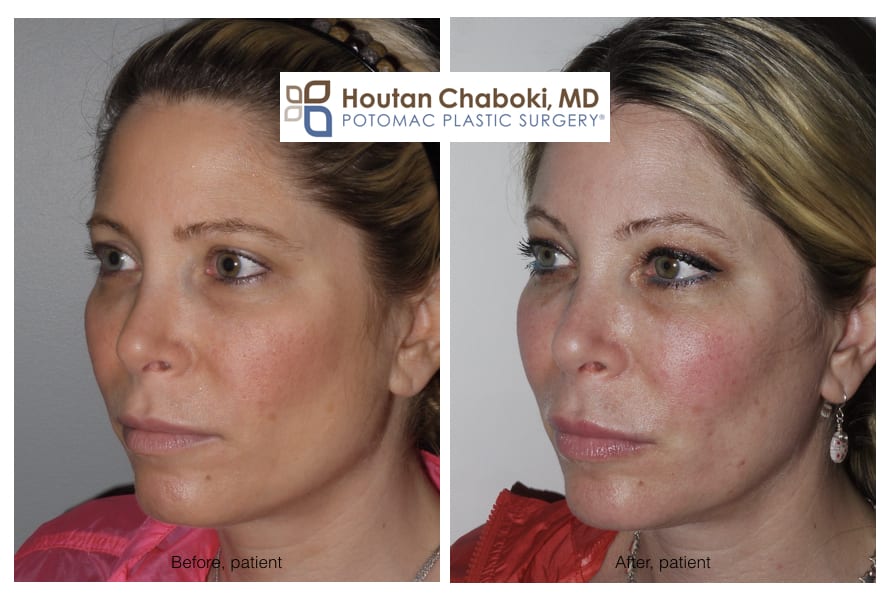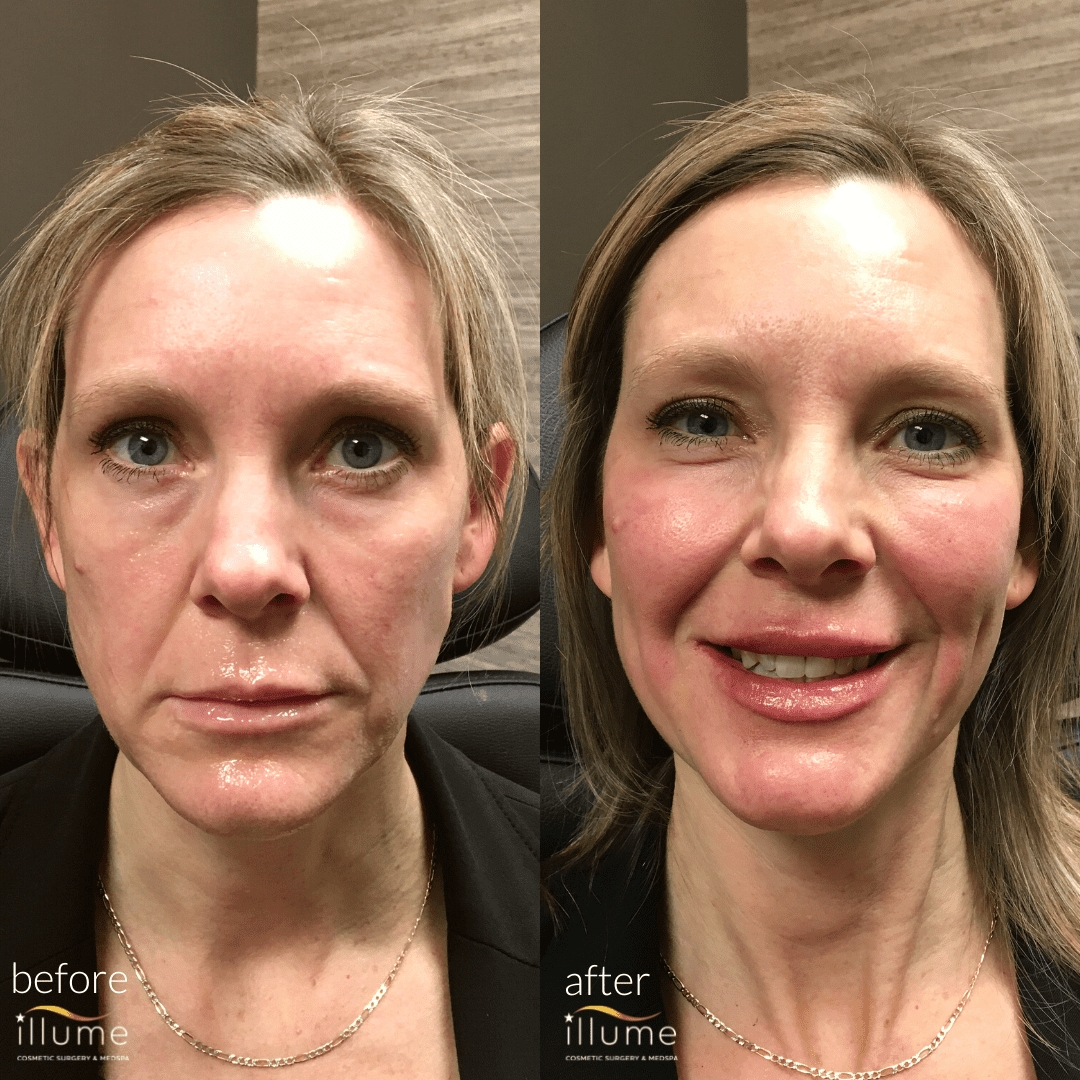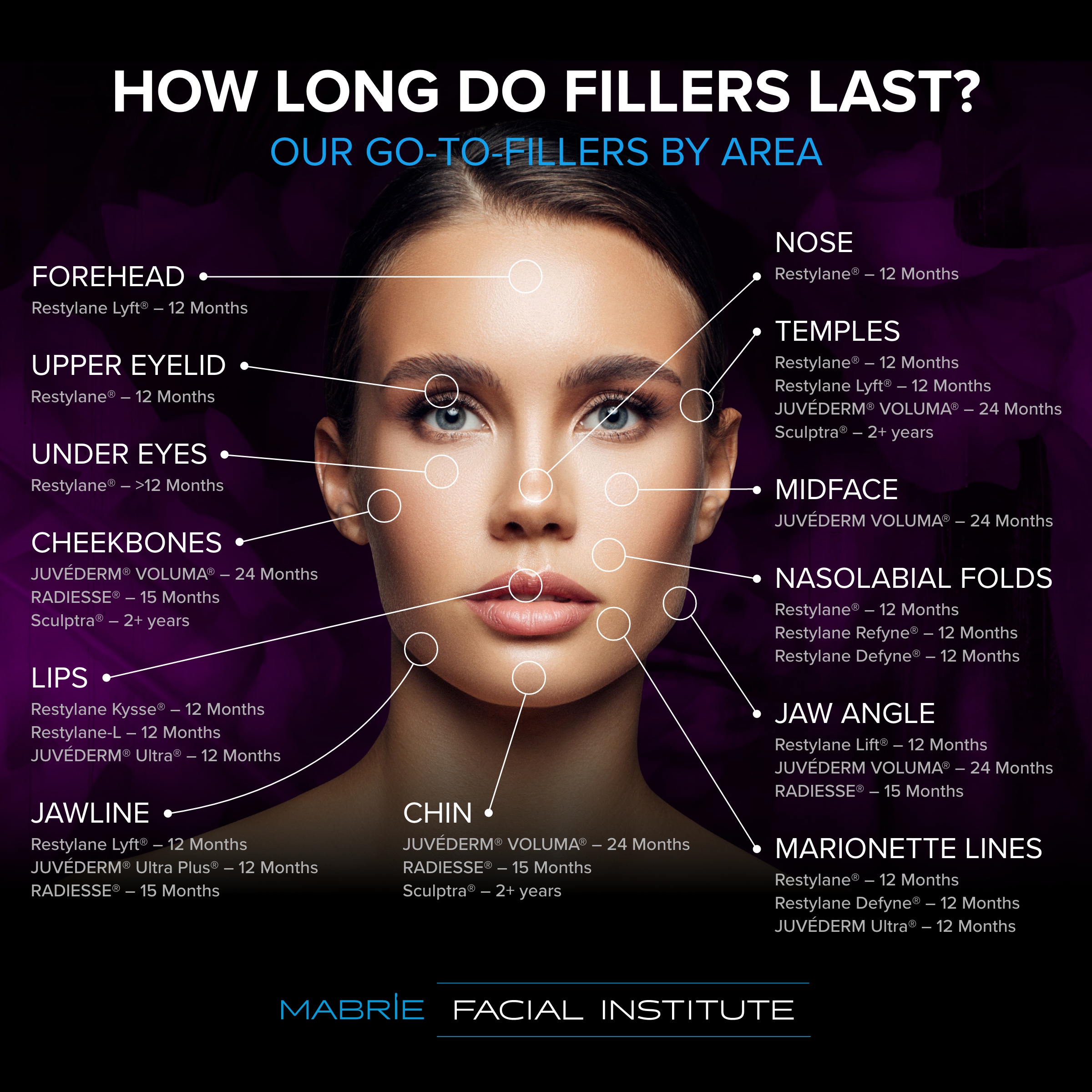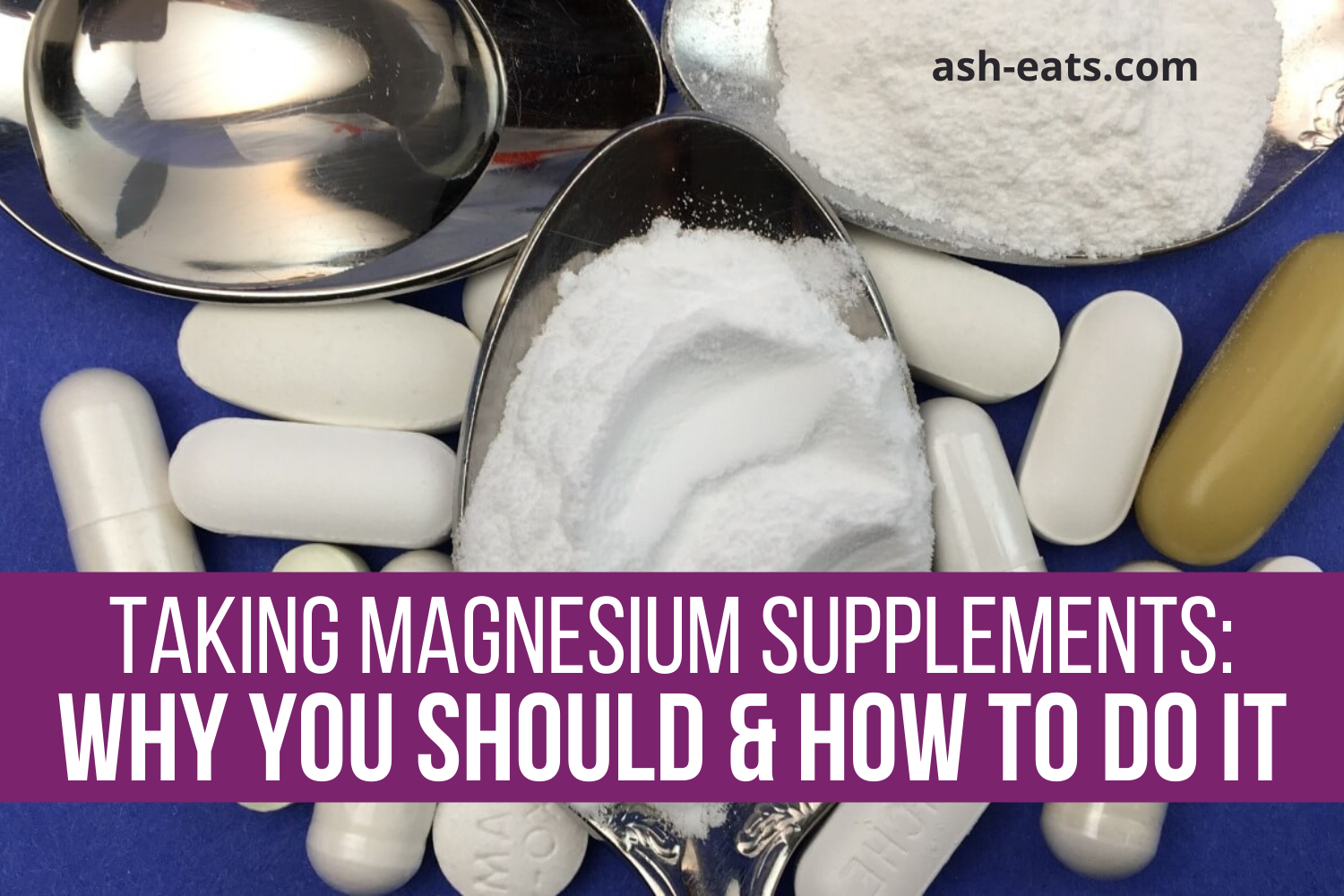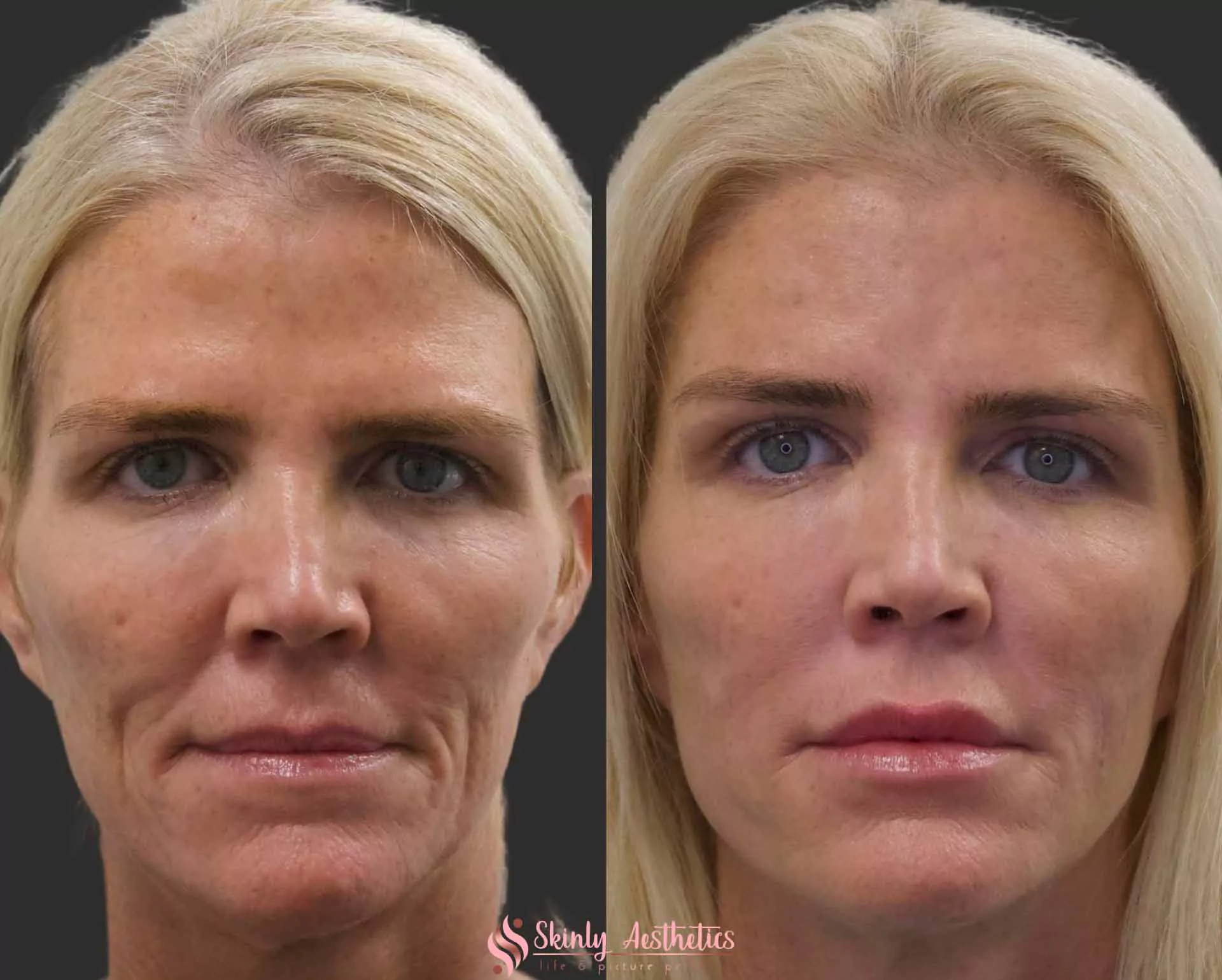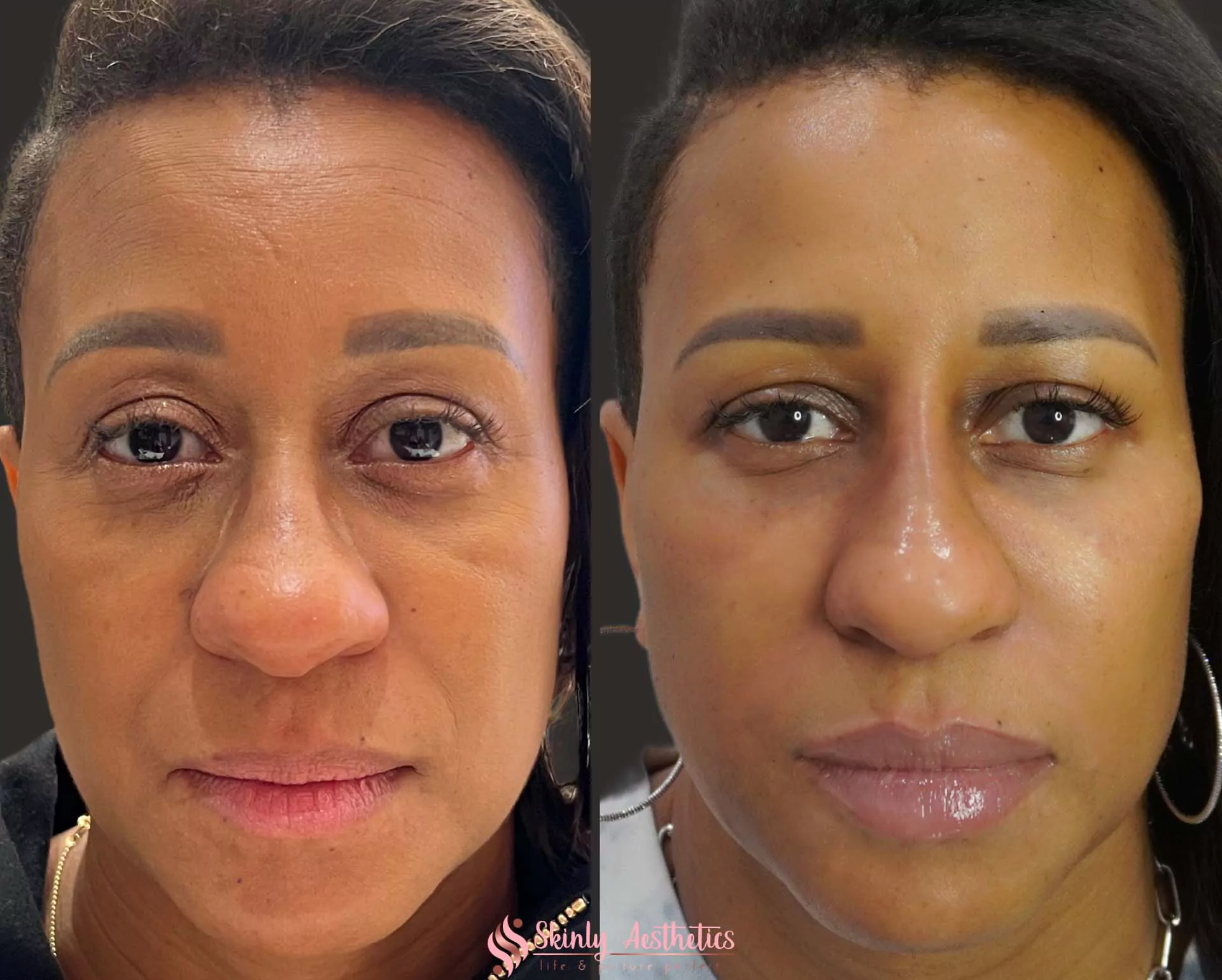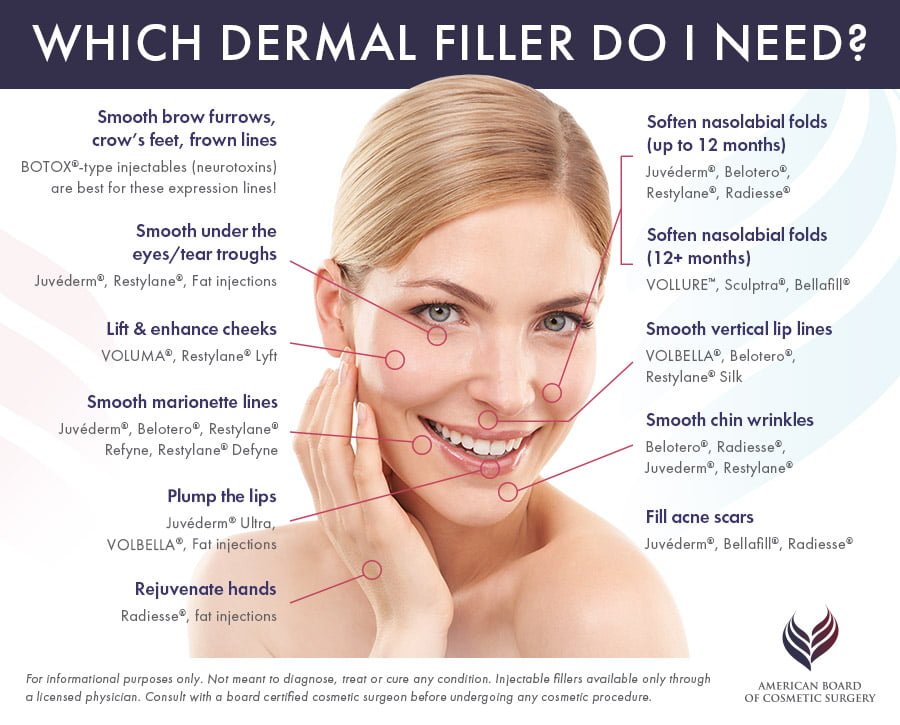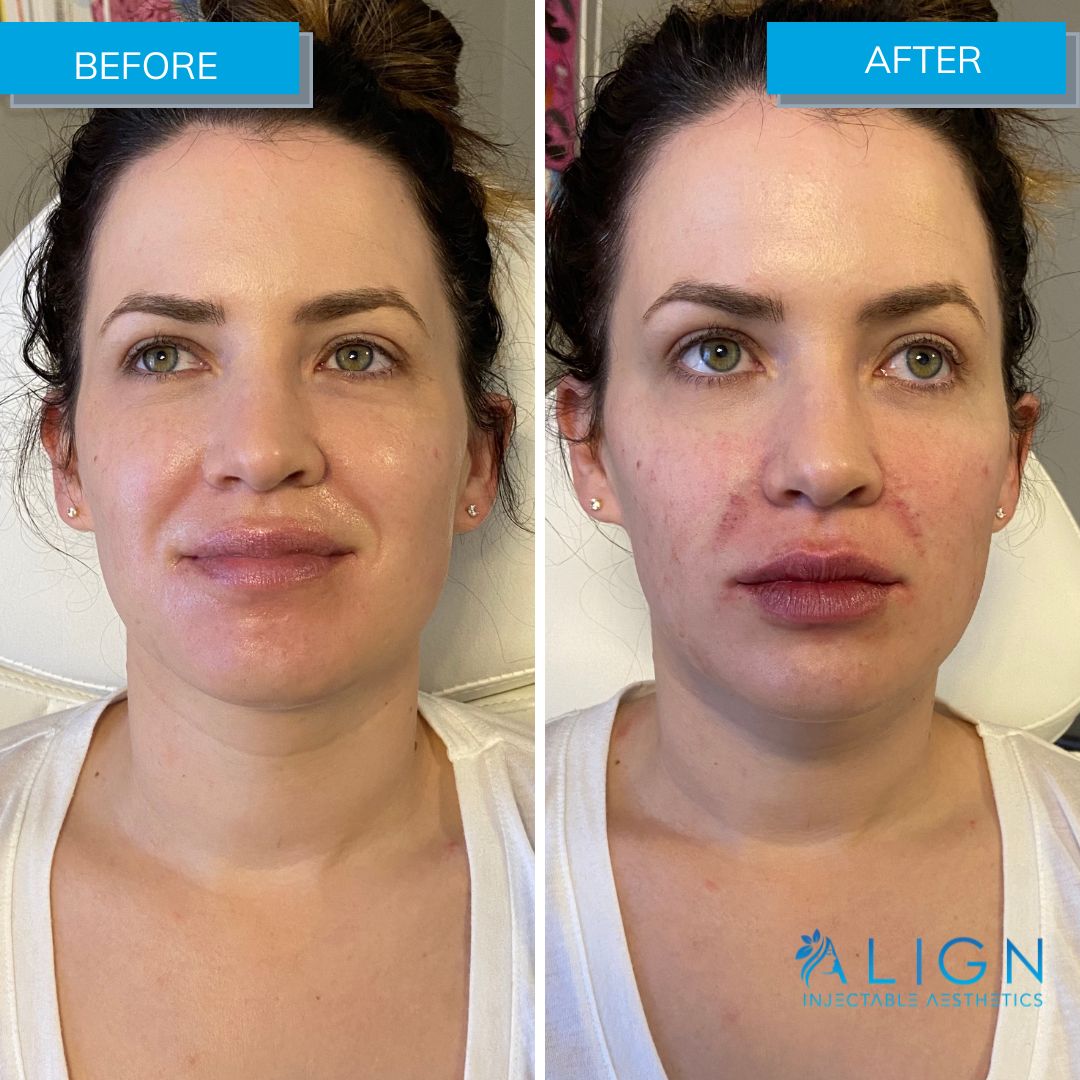How Soon Can I Take Magnesium After Fillers
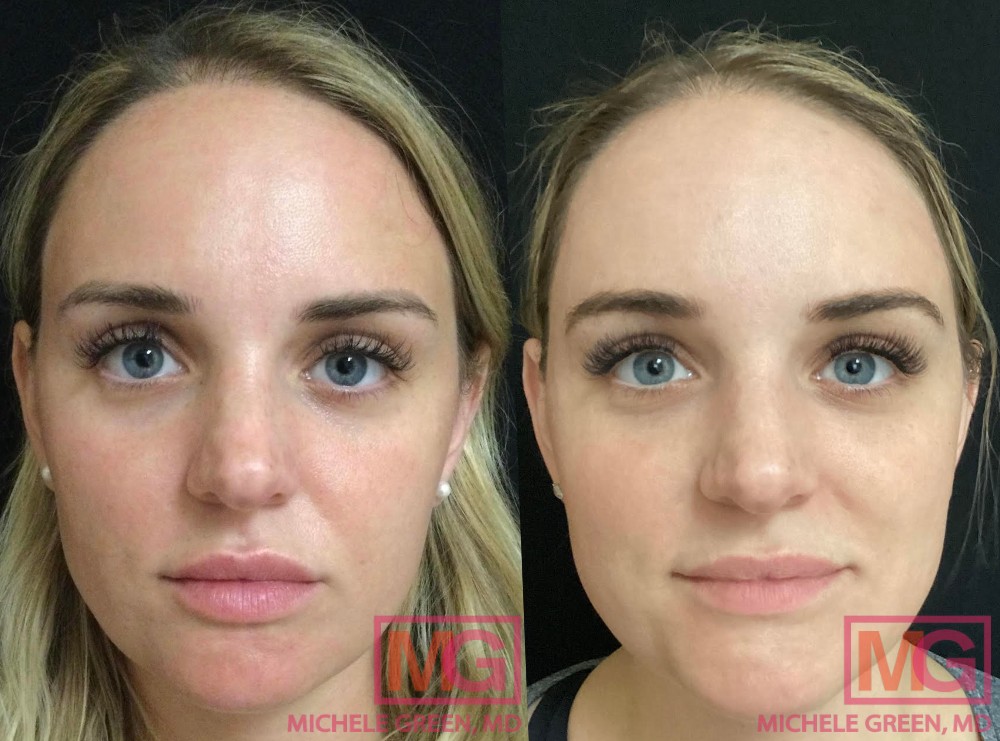
Imagine this: You've just left your aesthetician's office, feeling refreshed and subtly enhanced after receiving dermal fillers. The light catches your cheekbones just right, and you're already anticipating the compliments. But then, a nagging thought creeps in – you usually take magnesium supplements before bed to help with sleep and muscle relaxation. Can you take it tonight, or will it somehow interfere with your newly injected fillers? This scenario is more common than you might think, and the answer requires a nuanced understanding of how magnesium interacts with your body and the healing process.
The question of how soon you can take magnesium after receiving dermal fillers doesn't have a straightforward, universally agreed-upon answer. While magnesium is generally considered safe and beneficial for many, understanding its potential effects on inflammation and blood thinning is crucial. Consulting with both your aesthetician and your primary care physician is essential to ensure a safe and optimal recovery after your filler procedure.
Understanding Dermal Fillers and the Healing Process
Dermal fillers, composed primarily of hyaluronic acid (HA), are injected beneath the skin to restore volume, smooth wrinkles, and enhance facial contours. These injections create micro-trauma in the treated area, triggering the body's natural inflammatory response.
This inflammation is a necessary part of the healing process, helping to stimulate collagen production and integrate the filler material into the surrounding tissues. However, excessive or prolonged inflammation can lead to unwanted side effects, such as swelling, bruising, and discomfort.
The Role of Magnesium: Benefits and Potential Concerns
Magnesium is an essential mineral involved in hundreds of bodily functions, including muscle and nerve function, blood sugar control, and blood pressure regulation. Many people take magnesium supplements to address deficiencies, improve sleep quality, or alleviate muscle cramps.
One of magnesium's less-discussed properties is its potential effect on blood clotting. Magnesium can act as a mild blood thinner, which could theoretically increase the risk of bruising or bleeding after filler injections.
However, this effect is generally mild and more pronounced with high doses of magnesium or in individuals already taking blood-thinning medications. The information about magnesium supplementation and how it may impact bruising or bleeding is not definitively proven with robust clinical trials. More research needs to be conducted on magnesium supplementation and blood coagulation.
Expert Opinions and Recommendations
The lack of definitive research on magnesium's interaction with dermal fillers means that recommendations often vary among healthcare professionals. Some aestheticians advise patients to avoid all supplements, including magnesium, for a few days before and after their procedure to minimize the risk of bruising. Others believe that moderate magnesium intake is unlikely to pose a significant risk.
Dr. Anya Jones, a board-certified dermatologist, explains, "While we don't have specific studies on magnesium and fillers, we generally advise patients to avoid blood-thinning agents like aspirin and ibuprofen before and after injections. Because magnesium can have a mild blood-thinning effect, it's prudent to discuss it with your practitioner."
Dr. Jones further emphasizes the importance of individual assessment. "The risk also depends on the type of filler used, the injection technique, and the individual's overall health and medication history."
Factors to Consider Before Taking Magnesium After Fillers
Several factors should be considered when deciding whether and when to resume magnesium supplementation after dermal fillers:
Dosage: High doses of magnesium are more likely to have a noticeable effect on blood clotting. If you typically take a high dose, you might consider temporarily reducing it.
Other Medications: If you are taking other medications that thin the blood, such as aspirin, warfarin, or certain herbal supplements, the combined effect with magnesium could increase the risk of bleeding.
Individual Healing Response: Some individuals are simply more prone to bruising than others. If you typically bruise easily, you might be more cautious with magnesium supplementation.
Type of Filler: Certain fillers, particularly those injected into areas with many blood vessels (such as the lips), may carry a higher risk of bruising.
Practical Guidelines and Recommendations
Given the lack of conclusive evidence, a cautious approach is generally recommended. Here's a set of practical guidelines to consider:
Consult with Your Practitioner: This is the most crucial step. Discuss your magnesium supplementation with your aesthetician or dermatologist before your filler procedure. They can assess your individual risk factors and provide personalized advice.
Consider a Temporary Pause: If you're concerned about bruising, consider temporarily pausing magnesium supplementation for a few days before and after your filler injections. This is often the safest approach, particularly if you are prone to bruising.
Start Slowly: If you choose to resume magnesium, start with a lower dose than usual and monitor for any signs of increased bruising or bleeding. If you notice anything unusual, discontinue the supplement and consult your practitioner.
Follow Aftercare Instructions: Adhere to all aftercare instructions provided by your aesthetician. This may include applying ice packs to reduce swelling, avoiding strenuous activity, and taking prescribed medications as directed.
Listen to Your Body: Pay close attention to how your body responds after the procedure. If you experience excessive swelling, bruising, or pain, contact your practitioner immediately.
Beyond Magnesium: Other Factors Affecting Healing
It's important to remember that magnesium is just one piece of the puzzle. Other factors can also influence healing and the risk of complications after dermal fillers. Maintaining a healthy diet, staying hydrated, and avoiding smoking can all promote optimal healing.
Furthermore, certain medical conditions, such as autoimmune disorders or bleeding disorders, can affect the healing process. Be sure to inform your practitioner about any pre-existing health conditions or medications you are taking.
Ultimately, the best approach is a holistic one that considers all aspects of your health and lifestyle.
A Reflective Conclusion
Navigating the world of aesthetic procedures often involves a delicate balance between enhancing your appearance and prioritizing your well-being. While the question of taking magnesium after fillers may seem minor, it highlights the importance of informed decision-making and open communication with healthcare professionals. Taking a collaborative approach to your health is critical to your well being.
By understanding the potential effects of magnesium and considering your individual circumstances, you can make informed choices that support a smooth and successful recovery after your filler treatment. Trust your instincts, listen to your body, and prioritize a holistic approach to beauty and wellness.
